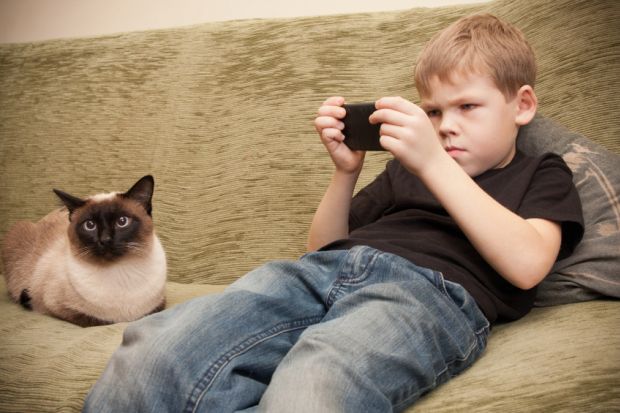Lecturers who find themselves competing with Candy Crush for their students’ attention may not be fans of the mobile game.
But a new paper argues that, far from complaining about the tile-matching puzzle, academics should harness its addictive appeal in order to tackle the problem of poor retention on online courses.
Writing in the International Journal of Information and Learning Technology, mother-and-daughter researchers Evangeline and Maria Varonis say that many of the structural features of Candy Crush could be emulated in programme design.
These include the way that the game groups content into identifiable, compact modules, allows access to these levels only when previous units have been completed, and provides clear, measurable objectives for the behaviour expected of learners.
The pair also recommend imitating Candy Crush’s use of “shuffles”, which reset tasks and hints to stop users getting stuck, the offering of bonuses for surpassing acceptable performance, and the introduction of skills slowly, over separate levels, to prevent learners becoming overwhelmed.
The paper, “Deconstructing Candy Crush: what instructional design can learn from game design”, suggests a number of other features that could be replicated in online courses.
The authors, of Ohio’s University of Akron, say that these include allowing learners to take risks and test different strategies for task completion, offering students different progression options to make them feel like active participants, and mixing easy and hard activities.
They conclude that, since online courses tend to have high dropout rates, the key should be to achieve a sense of “flow”, with appropriately challenging tasks, clear goals and immediate feedback.
Maria Varonis told Times Higher Education that the reaction a player gets to Candy Crush’s infectious elements “can be replicated and achieved within the academic setting”, resulting in learning which is “engaging, enjoyable, and far more successful”.
“Instructors can and should draw students into the curriculum the same way the game designers have,” she said. “Though the objectives might be different between the game and the course, the same drive, commitment, and reaction students have playing the former can be triggered in the latter if presented in a particular way.”




